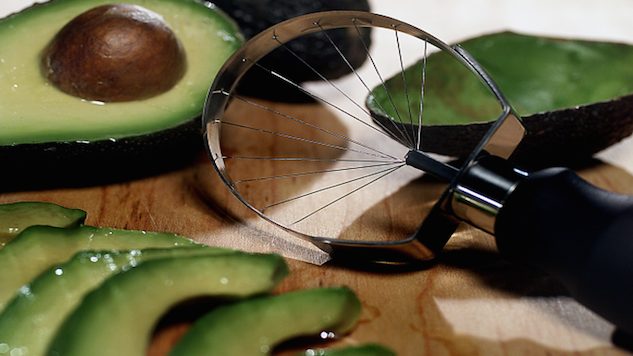Harvard Professors Decode 5 Food Myths

Many believe that baking is a science while cooking is a forgivable endeavor because it doesn’t require as many scrupulous calculations. However, Harvard University would beg to differ. In fact, Professors Pia Sörensen, Preceptor in Science & Cooking, Harvard Paulson School of Engineering and Applied Sciences; and Michael Brenner, Glover Professor of Applied Mathematics and Applied Physics, Harvard School of Engineering and Applied Sciences, assert that approaching a recipe from both a chef and a scientist’s perspectives are the keys to unlocking some phenomenally tasting dishes.
Founded by Harvard and MIT in 2012, edX, offers a vast array of free online courses. In observing the growing, universal interest in food, the former has released a 3.0 version of its culinary program entitled Science & Cooking: From Haute Cuisine to Soft Matter Science. Science & Cooking offers anyone the opportunity to “learn secrets behind highly regarded culinary creations by some of the world’s most prominent chefs.” Special guests include Chefs Daniel Humm, Dave Arnold and Dominique Crenn.
The course has two goals: first, the professors arm you with the “scientific concepts that underlie everyday cooking and haute cuisine” and second, to empower and give you confidence to discover the answers and “science behind the dish” in your own kitchen. And no, you need not be a rocket scientist to take this six week course—the program initially began as a general education class. Currently, the pace and language is tailored towards those who may only have a high school science background.
The total course length is about a month and a half, with an effort of five to seven hours per week. Although it began on January 18th, those interested are still encouraged to sign up. All course material will be accessible until mid-May, 2017.
The Harvard team explains what entails the “science behind a recipe,” which includes understanding how molecules influence flavor and how heat affects cooking. Those who embark on this gastronomic journey end up debunking several food science myths. To whet everyone’s appetites, Professors Sörensen and Brenner shine a light on a few myths that the course explains in more detail.
Myth 1: Searing meat seals in juices. Photo by Lawrence K. Ho/Getty Images
Photo by Lawrence K. Ho/Getty Images
False — According to Professors Sörensen and Brenner, no such thing occurs. Instead they state the following, “When you sear steak over high heat for instance, the meat is actually undergoing the Maillard reaction—whereby you’re browning the protein. What’s happening here is that the heat causes the surface moisture to evaporate and results in a chemical change which creates intense aromas and flavors.”
-

-

-

-

-

-

-

-

-

-

-

-

-

-

-

-

-

-

-

-

-

-

-

-

-

-

-

-

-

-

-

-

-

-

-

-

-

-

-

-










































